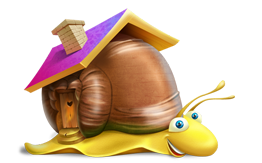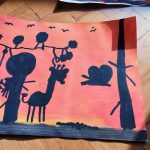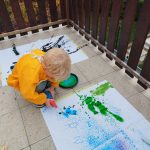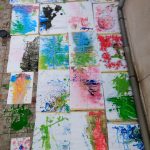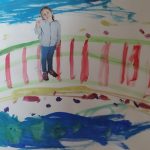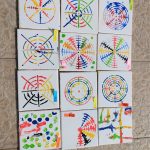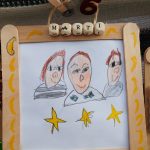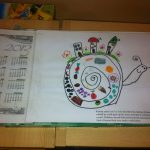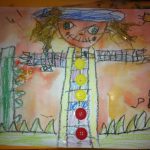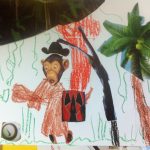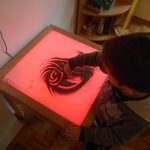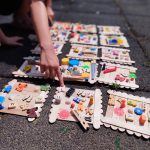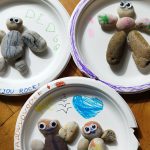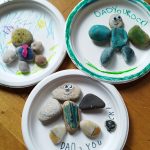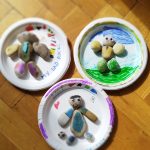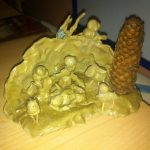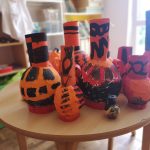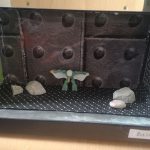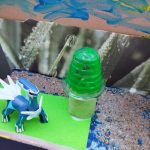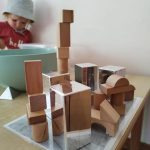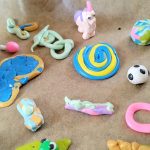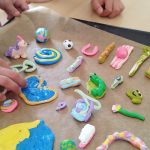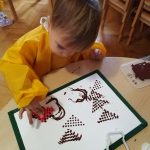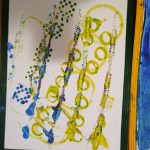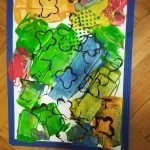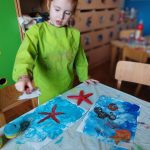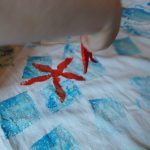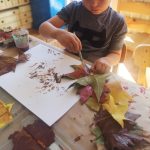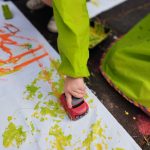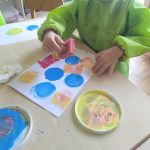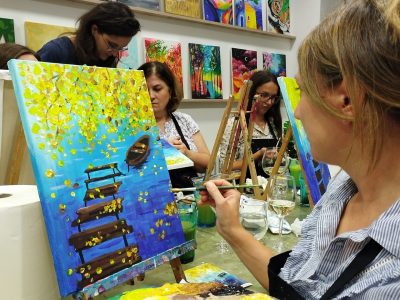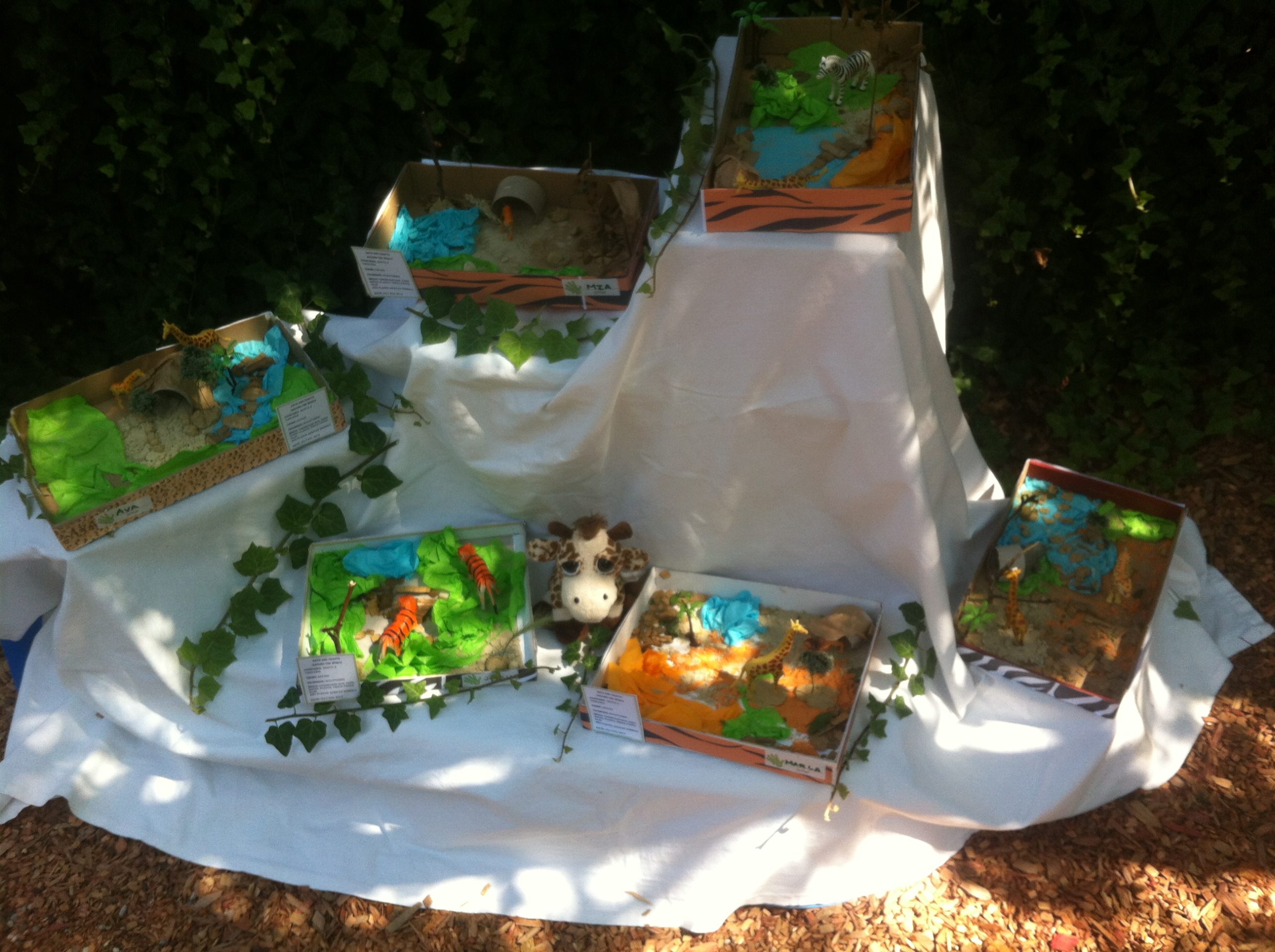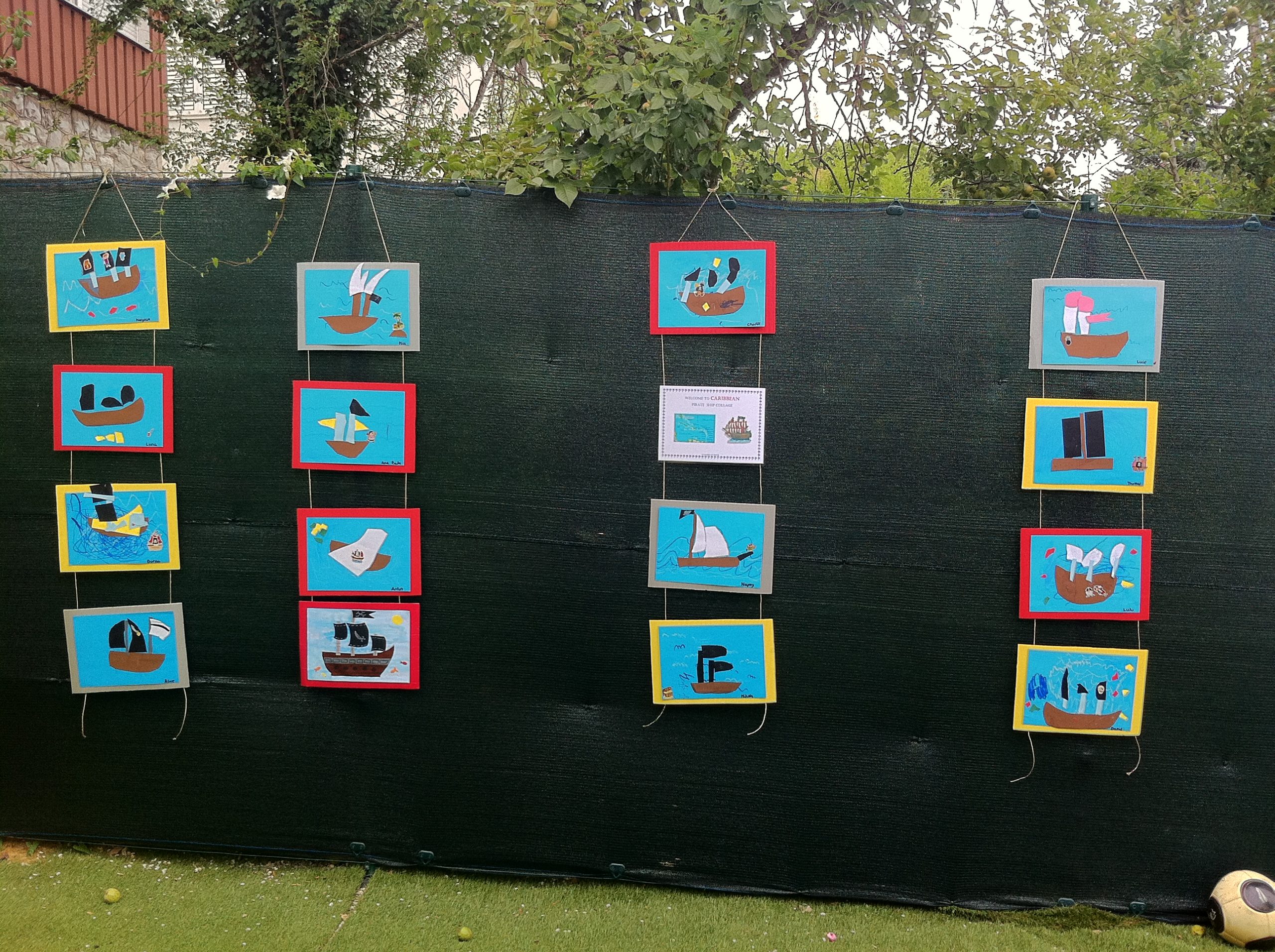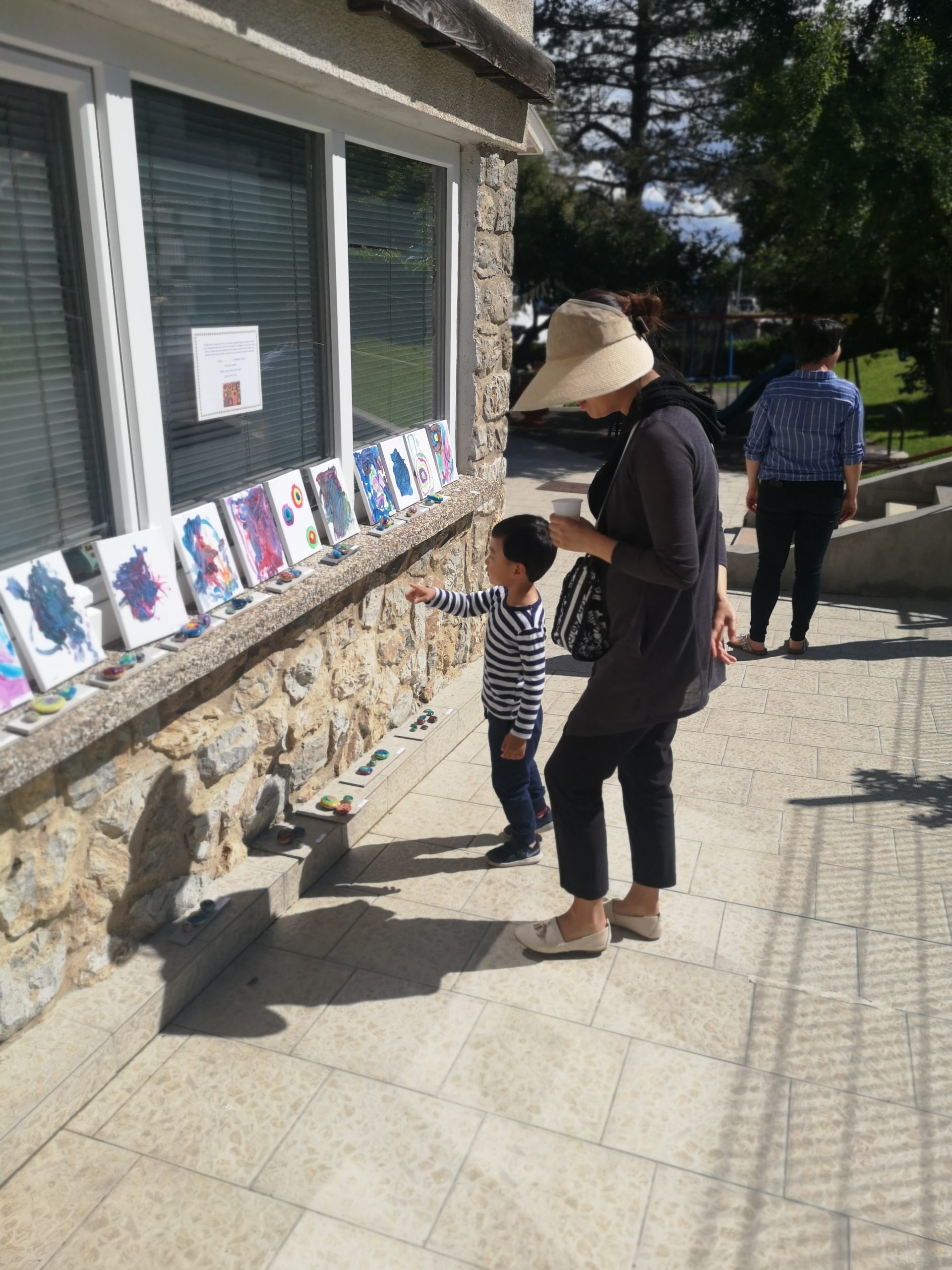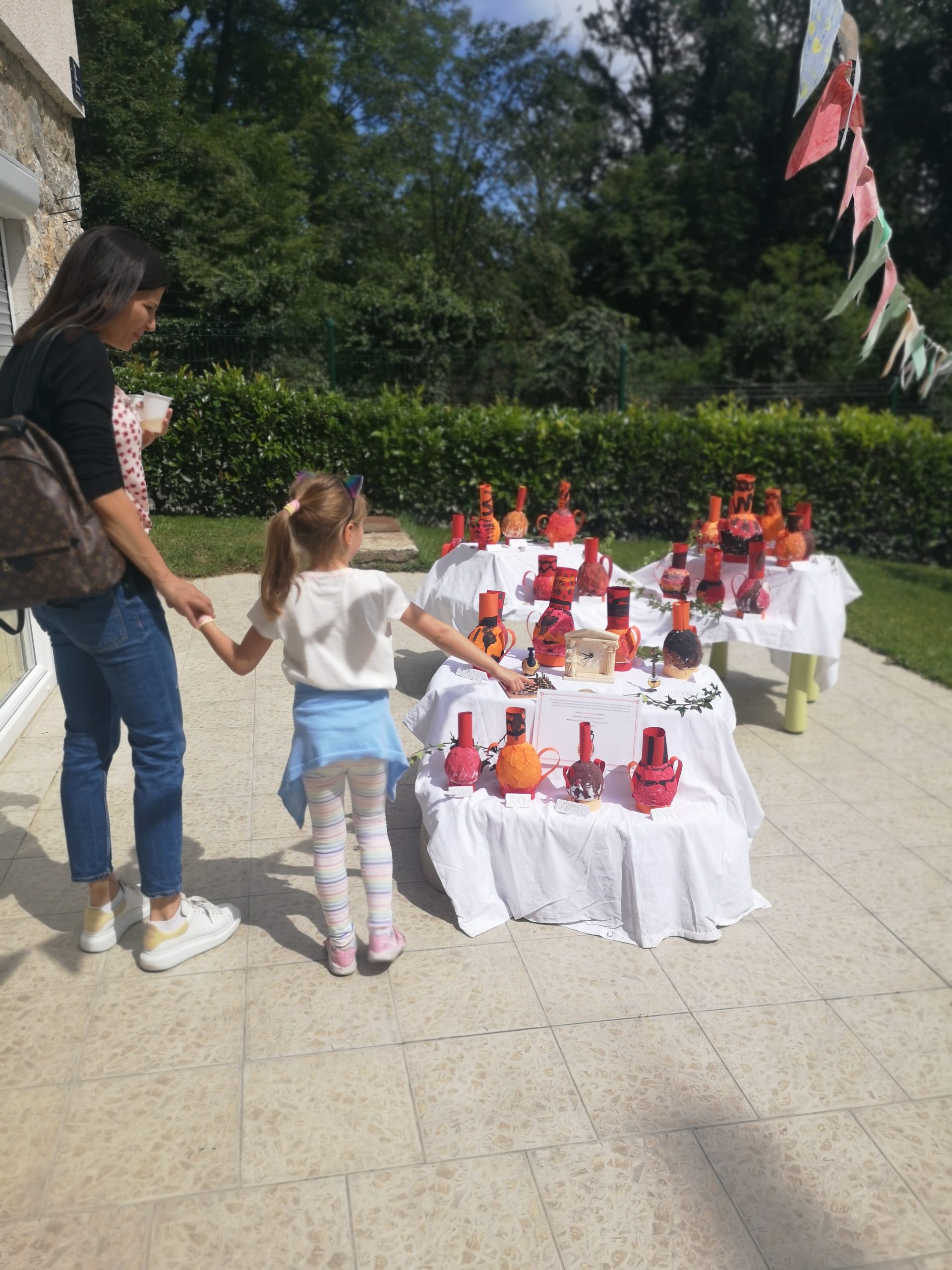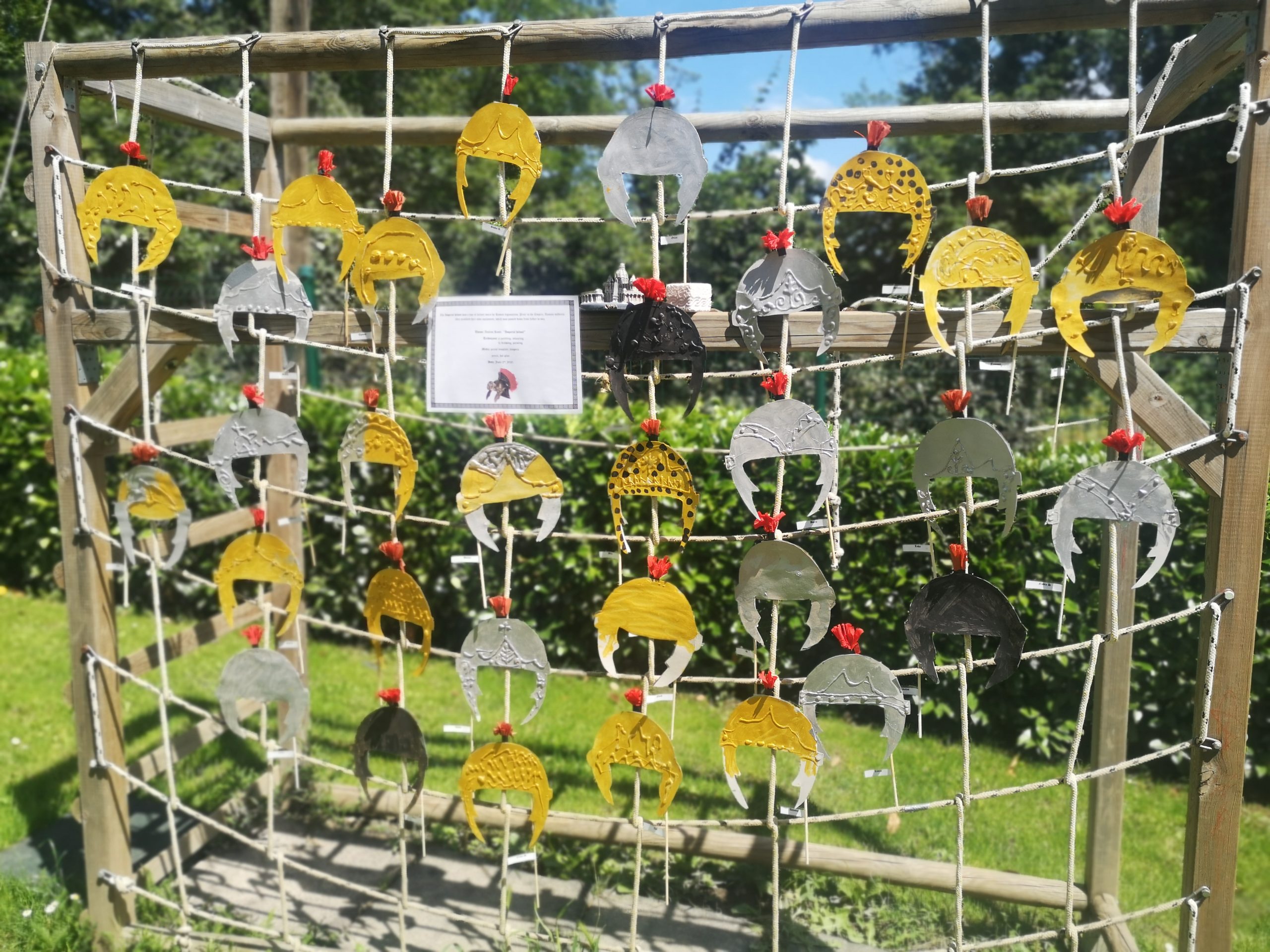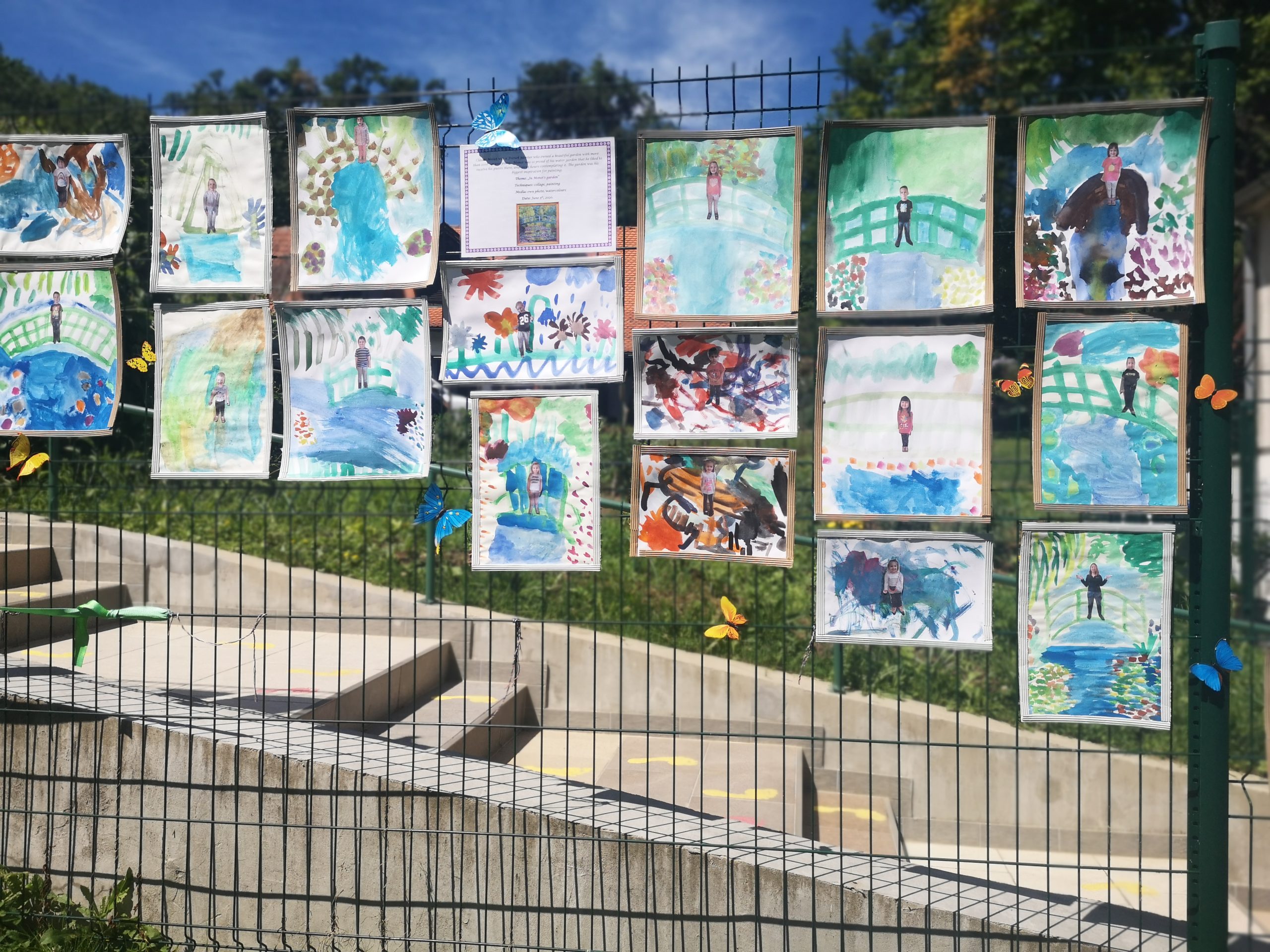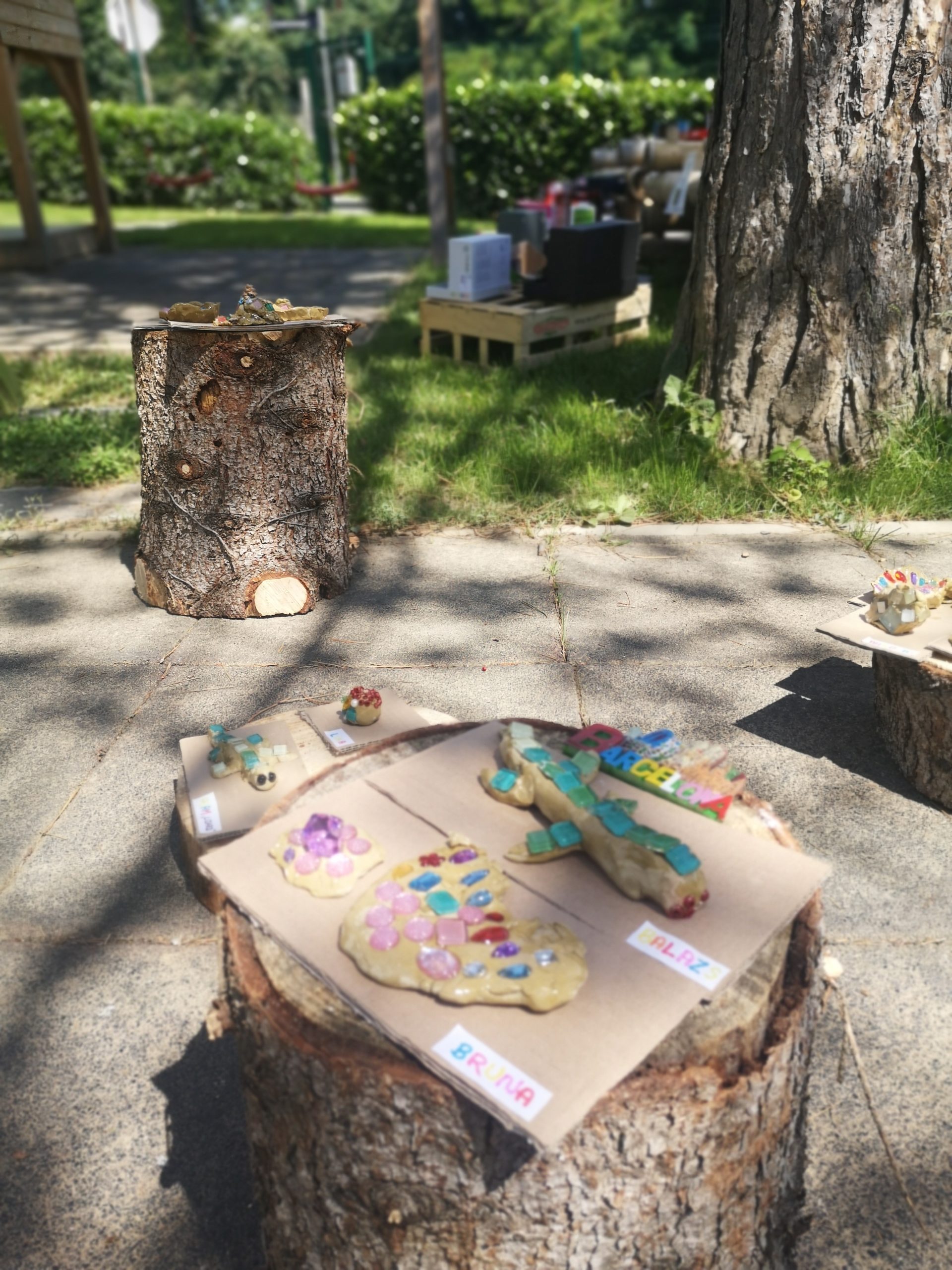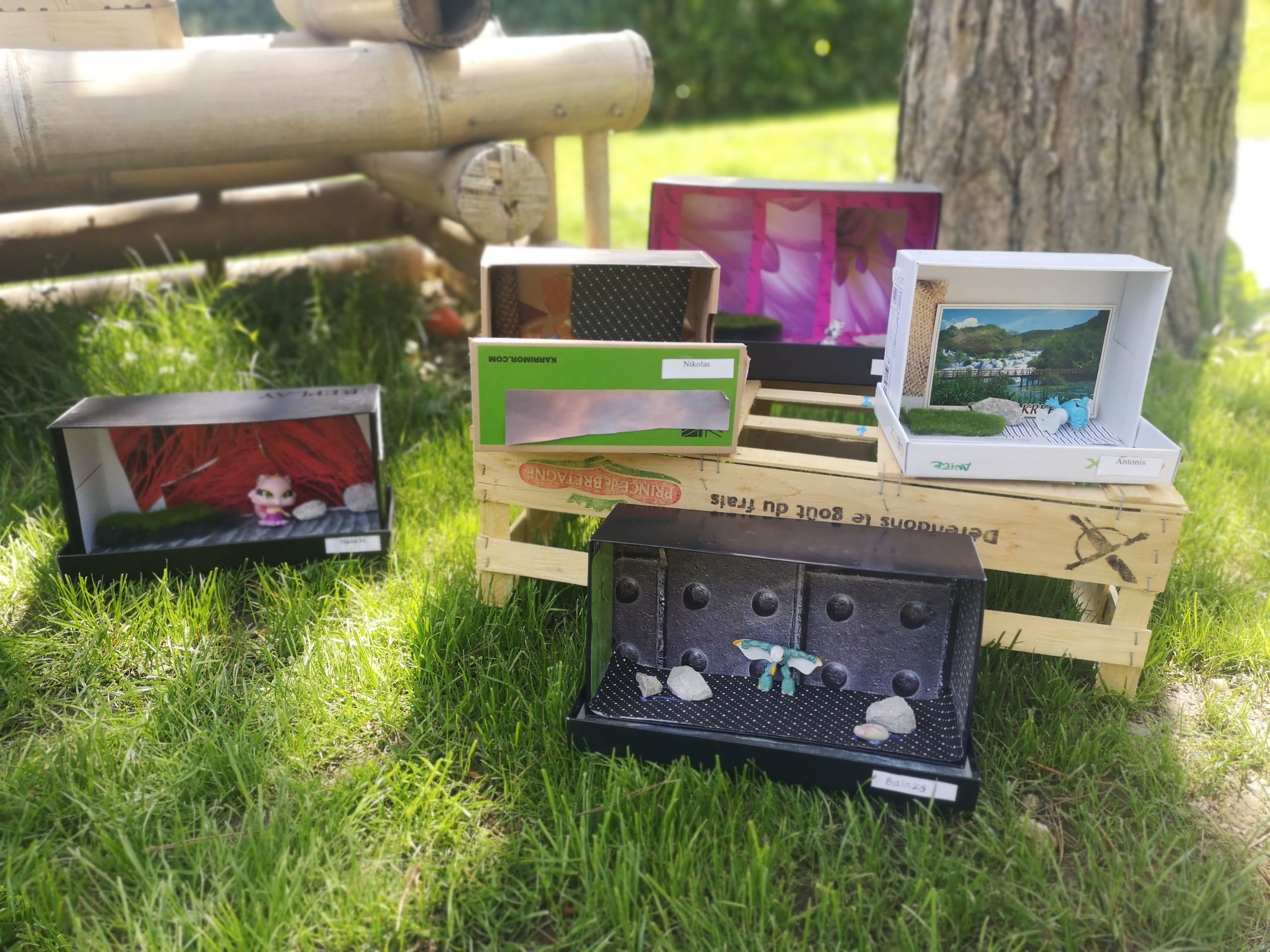Welcome to the ‘Art in Heart’ – Art program in kindergarten Magic world
“I put my heart and my soul into my work, and have lost my mind in the process.”
– Vincent Van Gogh
What is Art in heart program?
Art plays a key role in children’s development—enhancing focus, creativity, self-expression, and emotional growth. Our Art in Heart program was created in response to strong interest from both children and parents, offering a deeper and more enriching artistic experience.
While creative activities are part of our regular curriculum, this program allows children to further explore, experiment, and refine their artistic abilities. It encourages joy in the creative process and helps parents recognize and support their child’s unique talents and potential.
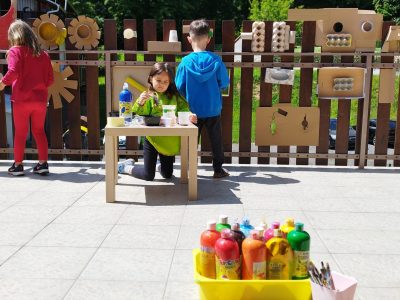
Goals
STRATEGIES
scHedule
ART TECHNIQUES AND ACTIVITIES
Painting is a powerful form of visual expression that allows children to explore color, texture, and technique using various materials like canvas, paper, or glass. Through different types of paint—such as tempera, acrylic, or watercolor—they experiment with creative possibilities and develop fine motor skills.
Our approach includes elements of abstract expressionism, where spontaneous movement and action painting become part of the creative process. Children naturally embrace this style, freely expressing themselves and discovering their unique artistic voice. By combining guided techniques with playful exploration, we support both their personal growth and creative confidence.
Drawing is a versatile art form that reflects a child’s thoughts, ideas, and imagination. Beyond paper, children can draw on sand, snow, fabric, cardboard, or even digital surfaces—exploring a wide range of materials and textures.
Creative freedom is encouraged through varied body movements, such as drawing while standing, dancing, or using both hands. Large-format drawing invites collaboration, exploration, and full-body expression. Using materials like pencils, chalk, ink, and markers, children experiment with lines, shapes, and techniques, deepening both their artistic and personal development.
Sculpture is a three-dimensional art form that uses space, texture, light, and color to bring ideas to life. Children explore traditional techniques like carving and modeling, as well as modern methods using a wide range of materials—from clay and wood to fabric, paper, and foam.
Through both realistic and imaginative creations, children experiment with form and structure. Soft sculpture, introduced in the 20th century, allows them to work with flexible materials like fabric and yarn, encouraging creativity, sensory exploration, and new ways of artistic expression.
Printmaking is an artistic process of creating images by transferring ink from a surface—such as wood, metal, or fabric—onto paper or other materials. Children explore various traditional techniques like woodcuts, linocuts, and screen printing, discovering the beauty of repetition, texture, and pattern.
This hands-on process encourages creativity through experimentation with surfaces and materials. Influenced by movements like Pop Art, printmaking also introduces children to bold, playful expressions and the joy of making multiple originals from a single design.
Land art
Land Art is a creative approach that uses natural materials—like leaves, rocks, flowers, and water—to make art directly in the environment. Inspired by the Land Art movement of the 1960s and ’70s, this form of expression connects children with nature while encouraging imagination and hands-on exploration.
By creating in outdoor settings, children develop a deeper appreciation for the natural world. Land Art fosters creativity, sensory awareness, and environmental curiosity—making it a meaningful way to learn and play outside.

BENEFITS OF ART FOR Children
Art benefits children in many ways. It helps to develop and learn to express themselves in different ways.
The benefits of Art for children are as follows:
-
Respect for Individual Expression – Art supports each child’s unique creativity based on their developmental stage.
-
Skill Development – Children gain fine motor skills and learn to use various art materials and techniques.
-
Emotional Processing – Art helps children express and manage emotions like anger, fear, or sadness.
-
Well-being and Fulfillment – Creative activities boost mood and provide a sense of joy and achievement.
-
Emotional Intelligence – Visual creativity enhances emotional awareness, self-regulation, and social skills.
-
Gross Motor Skills – Art activities support balance and coordination by engaging large muscles through movement.
-
Fine Motor Skills – Using tools like brushes, scissors, and pencils strengthens small hand muscles needed for everyday tasks.
-
Hand-Eye Coordination – Drawing, coloring, and crafting improve coordination by training the eyes and hands to work together.
-
Language Skills – Art encourages children to describe their creations, building vocabulary and communication.
-
Comprehension – Following steps and exploring ideas through art helps children understand how things work.
-
Literacy – Art supports reading, writing, listening, and speaking through storytelling, music, drama, and visual expression.
-
Enhance problem-solving and critical thinking: Children learn to think constructively and find ways to reach their goals.
-
Support visual learning: Art helps children interpret and process visuals, benefiting other areas like reading and hands-on learning.
-
Boost creativity and craftsmanship: Kids develop originality and self-expression through exploring different art forms.
-
Encourage imagination: Art stimulates creativity, storytelling, and mental well-being by letting children imagine and create new worlds.
-
Improve concentration: Completing art projects teaches focus and following steps, especially when the task interests them.
-
Teamwork and collaboration: Art builds connection and cooperation through shared creation and discussion.
-
Following directions: Learning to follow instructions is a key life skill.
-
Social skills: Art groups boost communication and friendship-making.
-
Responsibility: Group projects teach accountability and importance.
-
Conflict resolution: Art helps kids see different views and find solutions.
-
Handling criticism: Feedback encourages openness and growth.
-
Boosts confidence: Art builds self-respect and self-esteem through peer feedback and learning to give and receive criticism.
-
Teaches patience: Waiting during art processes helps children develop patience.
-
Encourages self-expression: Art provides a way for kids to express themselves through choices and creativity.
-
Supports exploration and risk-taking: Experimenting in art teaches children to learn from mistakes in a safe environment.
ART EXHIBITIONS
After years of creating art with children, many of their pieces have been displayed in exhibitions. These works of art can currently be found in kindergartens’ courtyards, terraces, and corridors, and who knows, maybe they will be showcased in art galleries in the future. Anything is possible.
Art in Heart Blog & News

Going on a Bear Hunt! 🐻📖🎶

A joyful journey with The Very Hungry Caterpillar 🐛🍎
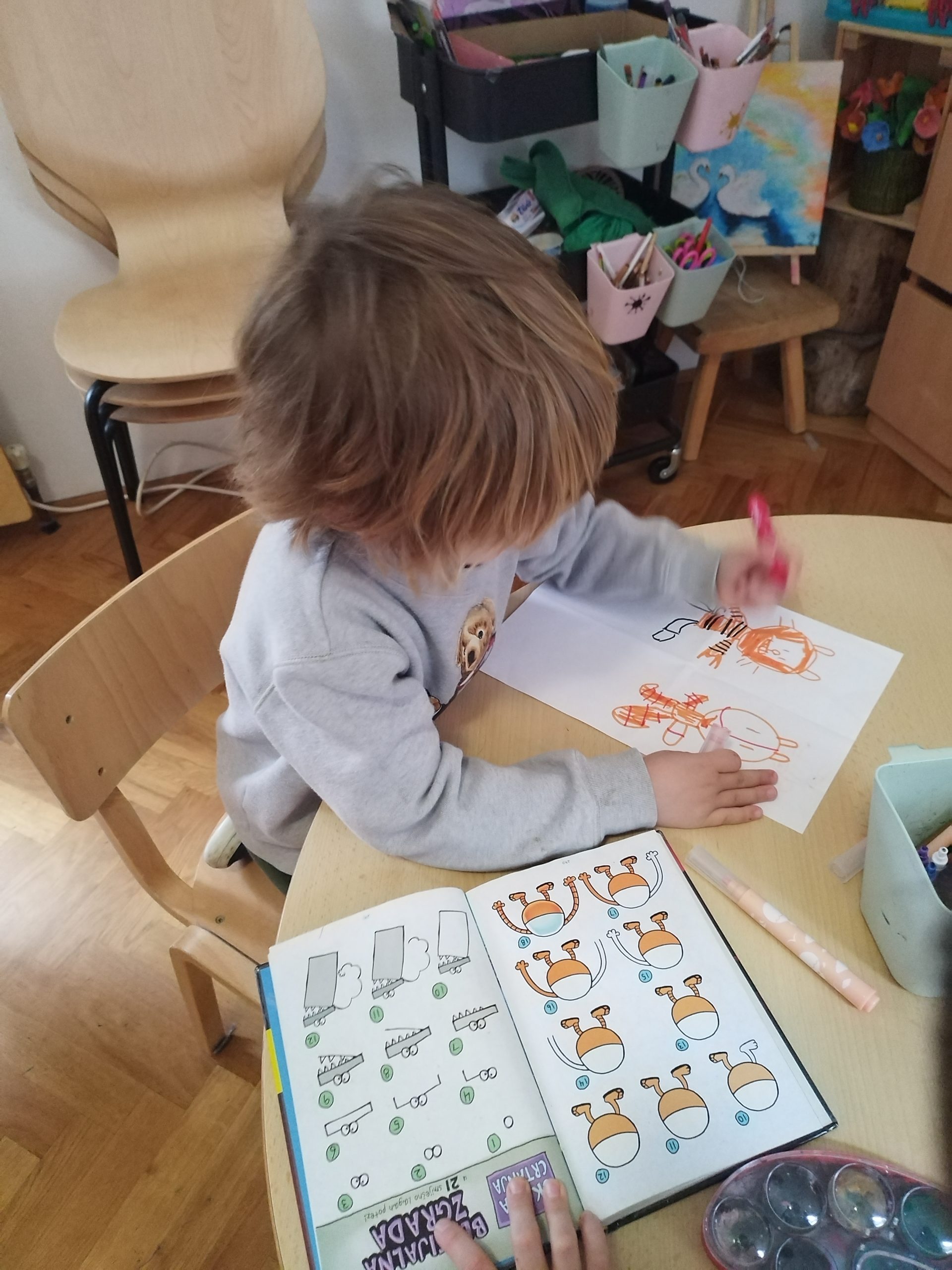
Digital Picture book

Creative approach to activities in Early Preschool Education
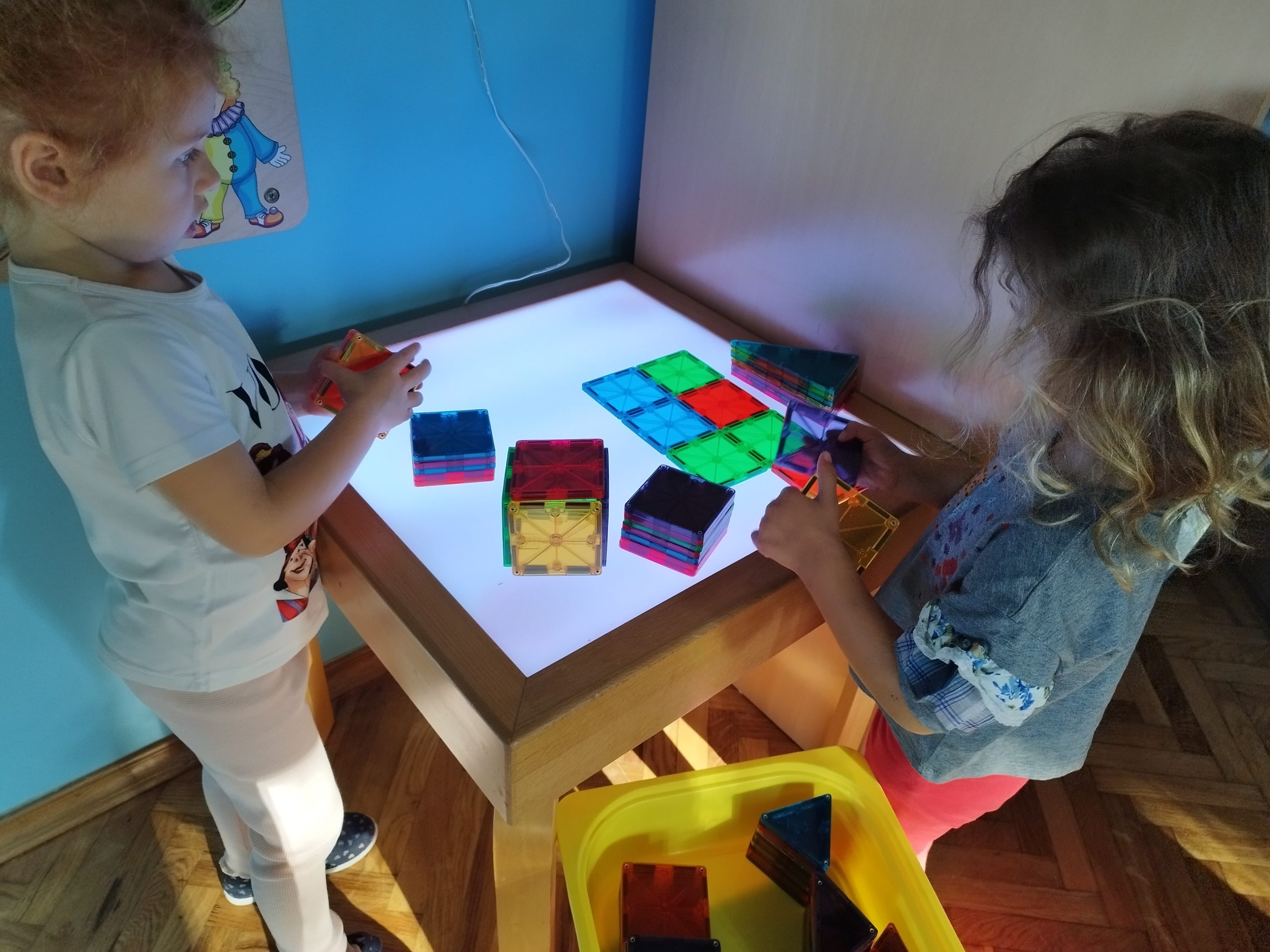
Light table activities
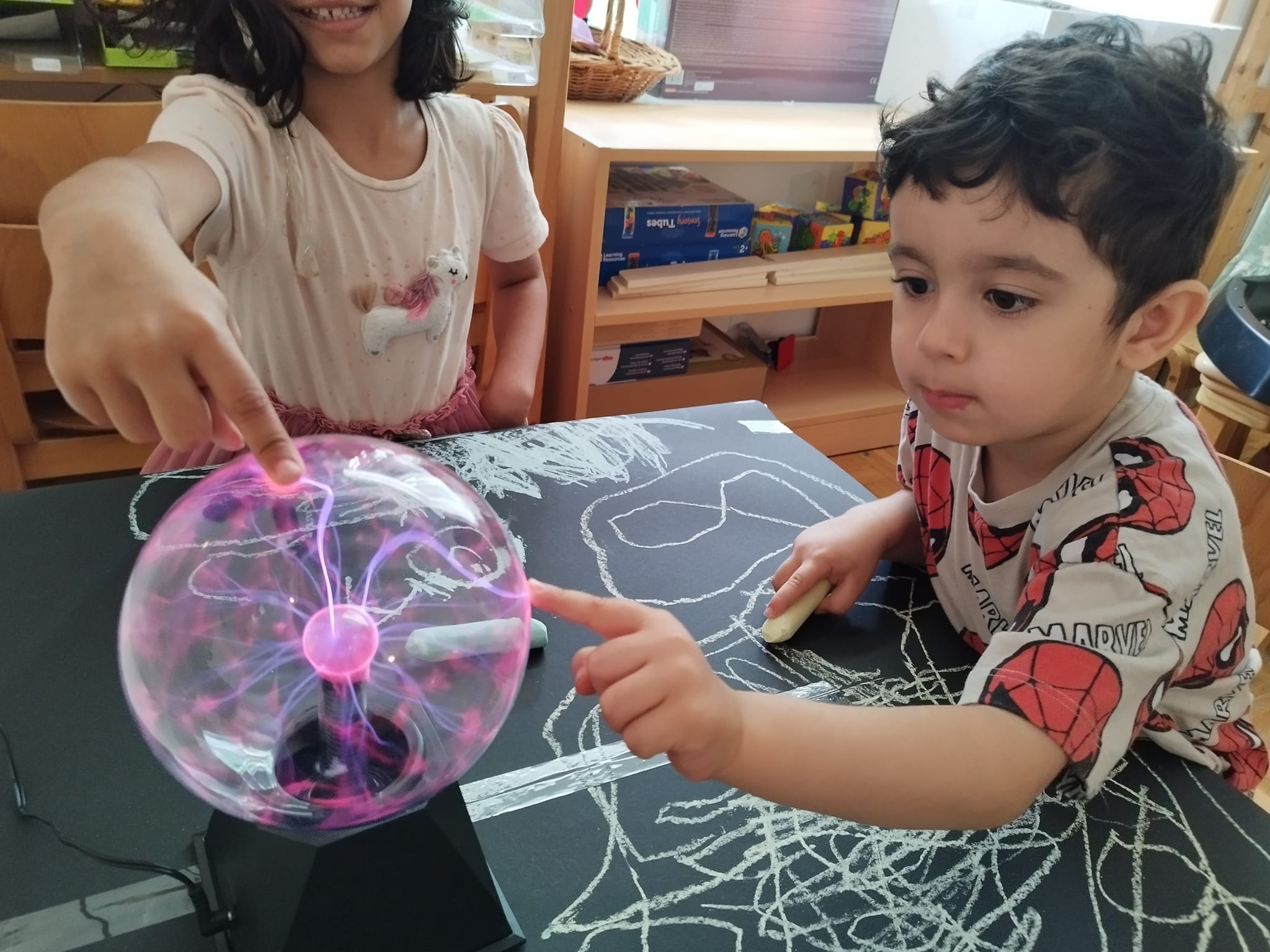
STEM class
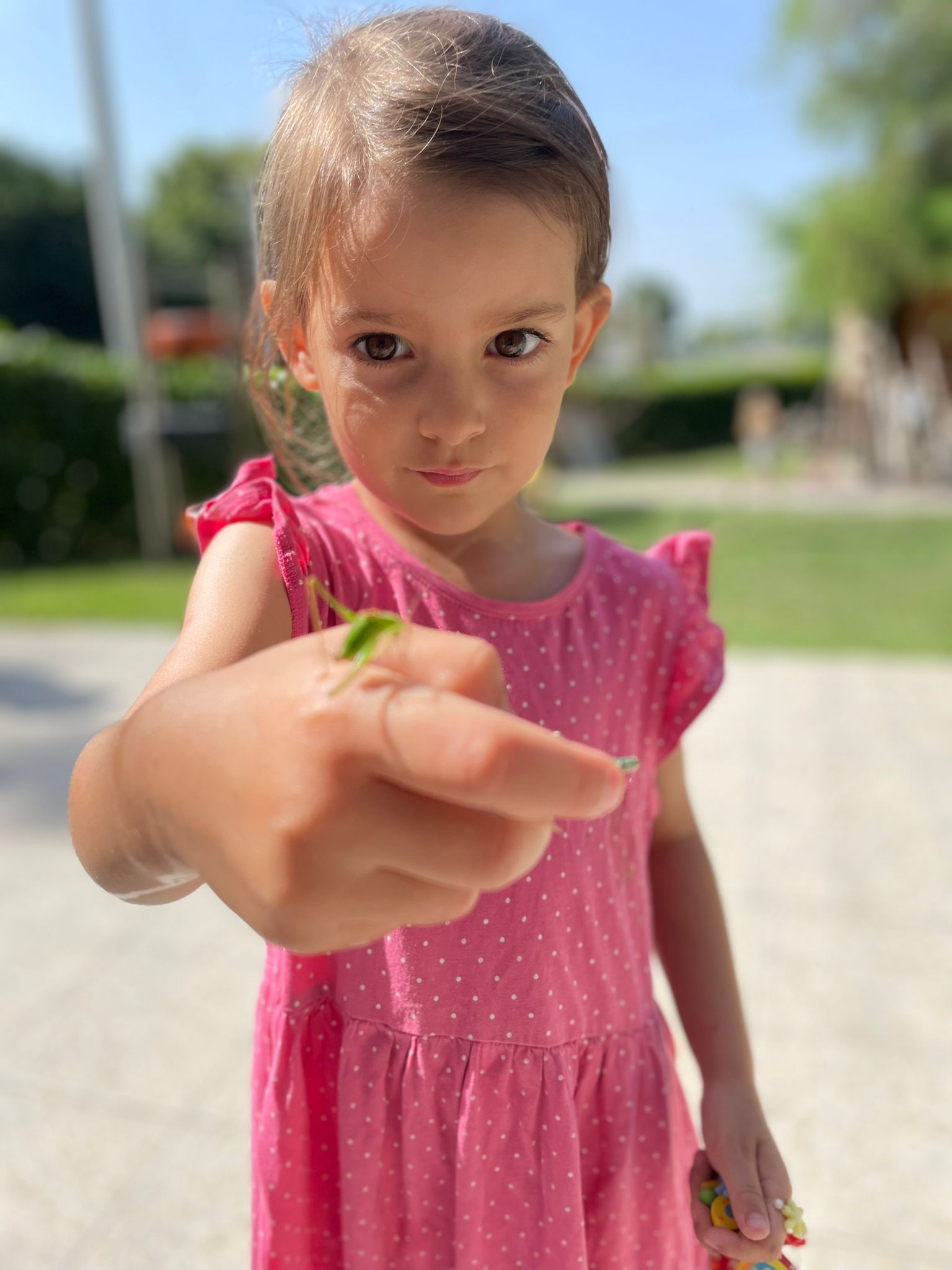
Summer camp 2022

Parents’ jobs and hobbies

All seasons of the forest

